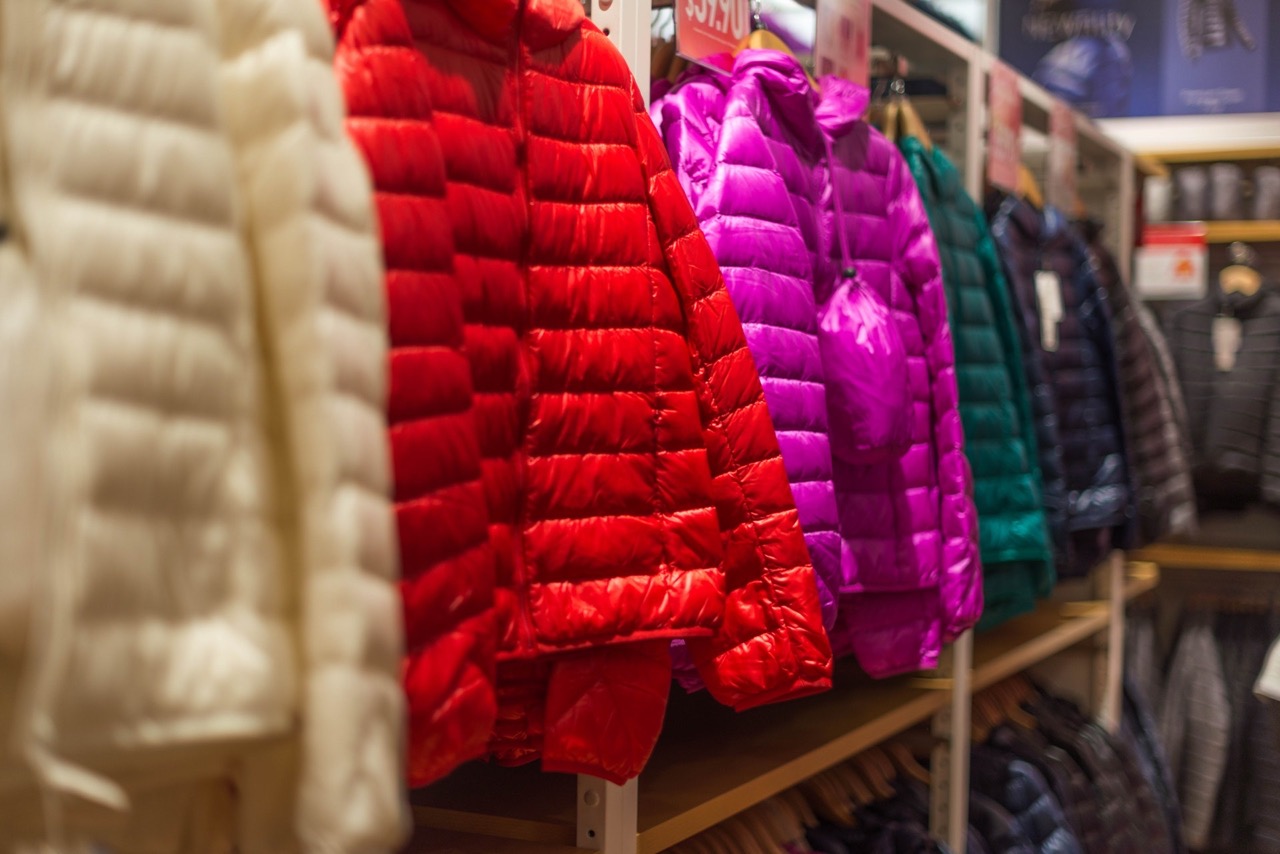

Articles
How To Store Puffer Jackets
Modified: August 28, 2024
Learn the best ways to store puffer jackets and keep them in great condition with our informative articles.
(Many of the links in this article redirect to a specific reviewed product. Your purchase of these products through affiliate links helps to generate commission for Storables.com, at no extra cost. Learn more)
Introduction
Puffer jackets are a popular and essential winter garment, known for their ability to provide warmth and insulation in cold weather. Whether you own one puffer jacket or a collection of them, proper storage is crucial to maintain their quality and effectiveness over time. Knowing how to store your puffer jackets correctly will not only help prolong their lifespan but also ensure that they are ready to be worn again when the cold season rolls around.
In this article, we will delve into the various aspects of storing puffer jackets. From understanding the nature of puffer jackets to choosing the right storage location and method, we will cover everything you need to know to keep your puffer jackets in optimal condition. So let’s dive in and learn the best practices for storing puffer jackets!
Key Takeaways:
- Proper storage of puffer jackets is crucial to maintain their insulation and functionality. Understanding the unique characteristics of puffer jackets and choosing the right storage method can ensure their longevity and effectiveness in providing warmth.
- Avoid common storage mistakes such as storing dirty jackets, using wire hangers, exposing jackets to direct sunlight or heat, and neglecting regular inspections. Long-term storage requires extra care, including choosing the right storage method, maintaining proper ventilation, and periodically checking for damage.
Read more: How To Store Life Jackets
Understanding Puffer Jackets
Puffer jackets, also known as quilted jackets or down jackets, are a type of outerwear that is designed to provide insulation and warmth. They are typically filled with down feathers or synthetic materials, which create air pockets that trap heat and keep the wearer cozy in cold temperatures. Puffer jackets are known for their lightweight and puffy appearance, thanks to the layer of insulation inside.
When it comes to storing puffer jackets, it’s important to understand their unique characteristics. The insulation material, whether it’s down or synthetic fill, can be prone to clumping when compressed for long periods. Clumping diminishes the insulating properties of the jacket, resulting in decreased warmth. Therefore, proper storage is essential to maintain the loft and functionality of the insulation.
Puffer jackets are also susceptible to damage from moisture and insects. Moisture can cause the feathers or synthetic fibers to lose their fluffiness and moldy odors may develop. Insects, such as moths, can be attracted to the natural fibers in down jackets and can cause damage if not stored correctly.
By understanding these factors, we can take the necessary steps to store puffer jackets effectively, ensuring their longevity and functionality.
Choosing the Right Storage Location
When it comes to storing your puffer jackets, the first consideration is selecting an appropriate storage location. The ideal storage area should be cool, dark, dry, and well-ventilated. Here are a few options to consider:
Closet: A closet is a convenient and common choice for storing puffer jackets. Make sure the closet is clean and free from moisture. Avoid hanging puffer jackets near sources of heat or in direct sunlight, as this can cause the materials to deteriorate.
Garment Bag: If you have limited closet space or want to protect your puffer jackets from dust and other potential damages, consider using a breathable garment bag. Ensure that the bag is large enough to accommodate the jackets without compressing them too much.
Under-the-Bed Storage: Utilizing under-the-bed storage can be a great option if you have limited closet space. Look for storage containers specifically designed for under-the-bed use, and ensure they provide proper ventilation to prevent moisture buildup.
Climate-Controlled Storage: If you live in an area with extreme temperature or humidity fluctuations, you may want to consider using a climate-controlled storage unit. These units maintain a consistent environment, protecting your puffer jackets from any potential damage caused by extreme conditions.
Regardless of the storage location you choose, it’s important to keep your puffer jackets away from areas that are prone to moisture, such as basements, attics, or damp areas in the house. Moisture can lead to mold and mildew growth, which can irreversibly damage your jackets.
Now that you’ve identified the right storage location for your puffer jackets, let’s move on to the next step: preparing your jackets for storage.
Preparing Puffer Jackets for Storage
Before you store your puffer jackets, it’s essential to prepare them properly to ensure they remain in optimal condition. Follow these steps to prepare your jackets for storage:
1. Clean the Jackets: Start by cleaning your puffer jackets according to the care instructions on the label. It’s important to remove any dirt, stains, or odors before storing them. Use a gentle detergent and follow the recommended washing method, whether it be machine wash or hand wash. Ensure the jackets are completely dry before proceeding to the next step.
2. Repair any Damage: Inspect your jackets for any rips, loose threads, or missing buttons. It’s important to repair any damages before storing them to prevent further deterioration. Sew up any tears and replace any missing buttons or snaps. This will ensure that your jackets are ready to be worn when you take them out of storage.
3. Remove Accessories: Take off any detachable hoods, faux fur trims, or belts from your puffer jackets. These accessories can be stored separately to prevent them from getting damaged or misplaced. Make sure to store them in a safe place, so they are easily accessible when you need them.
4. Give it a Shake: Before folding or hanging your jackets, give them a gentle shake to fluff up the insulation. This will help to restore their loft and ensure that the filling is distributed evenly throughout the jacket.
5. Spot Cleaning: If you notice any small stains or spills on your jackets after cleaning, spot clean them using a mild cleaner or stain remover. Be sure to test the cleaner on a discreet area of the jacket first to ensure it doesn’t cause any discoloration or damage.
6. Air it Out: Allow your jackets to air out for a day or two before storing them. This will help remove any lingering odors and ensure that they are fresh when you pack them away.
By following these steps, you can ensure that your puffer jackets are clean, repaired, and prepared for storage. Now, let’s explore the different storage methods: folding versus hanging.
Folding vs. Hanging: Which Method is Best?
When it comes to storing puffer jackets, one common dilemma is whether to fold or hang them. Both methods have their advantages and disadvantages, so let’s examine each to determine the best approach for your puffer jackets.
Folding: Folding is a popular storage method for puffer jackets, especially if you have limited closet space. When folding your jackets, it’s important to avoid compressing them too tightly. A tightly compressed puffer jacket can cause the insulation to clump together, reducing its effectiveness. Here’s the recommended way to fold your puffer jackets:
- Zip up or button all closures on the jacket.
- Lay the jacket flat on a clean surface.
- Fold the jacket in half vertically, matching the edges of the sleeves.
- Then, fold the jacket in half horizontally, bringing the bottom hem up to meet the collar.
- Place the folded jacket in a storage container, garment bag, or on a shelf.
Hanging: Hanging your puffer jackets can help maintain their shape and prevent excessive creasing. However, it’s important to choose the right type of hanger to avoid stretching or distorting the jacket. Here’s how to hang your puffer jackets properly:
- Use a padded or wide hanger to distribute the weight of the jacket more evenly.
- Ensure that the hanger is sturdy enough to support the weight of the jacket without bending or sagging.
- Zip up or button all closures on the jacket.
- Hang the jacket in a cool, dry area away from direct sunlight or heat sources.
It’s worth noting that hanging your puffer jacket for an extended period can cause the shoulders to stretch or lose their shape. If you choose to hang your jackets, periodically inspect them to ensure they are retaining their shape.
Ultimately, the decision between folding and hanging depends on personal preference, available storage space, and the condition of your jackets. If you have enough closet space and want to prevent any creasing, hanging may be the better option. On the other hand, folding is a more space-efficient choice that helps keep the insulation in optimal condition.
Now that we’ve explored the pros and cons of each method, let’s delve into another storage option: using vacuum-sealed bags.
To store puffer jackets, it’s best to hang them in a well-ventilated area to maintain their shape. Avoid compressing them for long periods to prevent damage to the insulation. If you need to pack them away, use a breathable storage bag.
Read more: How To Store Winter Jackets
Using Vacuum-Sealed Bags
One effective storage method for puffer jackets is the use of vacuum-sealed bags. These bags remove excess air, reducing the size of the jackets and saving valuable storage space. Here’s how to properly use vacuum-sealed bags for storing your puffer jackets:
1. Prepare the Jackets: Before placing your jackets in the vacuum-sealed bag, make sure they are clean and dry. Follow the steps mentioned earlier to clean and prepare your jackets for storage.
2. Choose the Right Bag: Select a vacuum-sealed bag that is large enough to accommodate your jackets without overstuffing them. Look for bags made of durable materials and with a vacuum valve for easy air removal.
3. Fold the Jackets: Gently fold your puffer jackets using the recommended folding method mentioned earlier. This helps to prevent excessive compression and maintain the loft of the insulation.
4. Place Jackets in the Bag: Carefully place the folded puffer jackets into the vacuum-sealed bag. Be mindful not to overstuff the bag, as this can compress the jackets too tightly and affect their insulation.
5. Seal the Bag: Once the jackets are inside the bag, seal it according to the instructions provided. Most vacuum-sealed bags have a zip or double-seal closure. Ensure that the closure is secure to prevent any air from entering or escaping the bag.
6. Vacuum Out the Air: Use a vacuum cleaner or a hand pump to remove the air from the bag. Place the vacuum nozzle over the valve and suck out the air until the bag is tightly compressed. Pay attention to any creases or folds to ensure they are properly flattened.
7. Store the Bag: Place the vacuum-sealed bag in a cool, dry location away from direct sunlight or heat sources. Remember to store the bag in an upright position to prevent any unnecessary strain on the jackets.
Using vacuum-sealed bags is a great option if you have limited storage space or if you want to protect your puffer jackets from dust, moisture, and insects. However, keep in mind that prolonged storage in a compressed state may slightly affect the loft of the insulation. To restore the loft, simply give your jackets a gentle shake or place them in a tumble dryer with a few tennis balls on low heat.
While vacuum-sealed bags are an excellent storage solution, it’s important to note that they are not suitable for down jackets with a fill power above 600. The high compression of the bags can affect the loft of the down feathers, reducing their insulating properties.
Now that we’ve covered vacuum-sealed bags, let’s explore another storage option: storing puffer jackets in boxes or containers.
Storing Puffer Jackets in Boxes or Containers
If you prefer an alternative to hanging or using vacuum-sealed bags, storing your puffer jackets in boxes or containers can be a practical option. Here’s how to effectively store your jackets in boxes or containers:
1. Choose the Right Container: Select a clean and sturdy box or container that is large enough to accommodate your jackets without overly compressing them. Consider using plastic storage containers with lids to protect your jackets from dust, moisture, and pests.
2. Line the Container: Before placing your jackets in the container, line it with acid-free tissue paper or clean cotton sheets. This helps to provide a protective barrier and prevents direct contact between the jackets and the container walls.
3. Fold the Jackets: Gently fold your puffer jackets using the recommended folding technique mentioned earlier. Take care not to fold them too tightly or crease them excessively.
4. Stack the Jackets: Place the folded jackets into the lined container one by one. Stack them neatly but avoid placing too much weight on top of each other, as this can cause excessive compression.
5. Add Additional Protection: As you stack the jackets, you can place sheets of acid-free tissue paper in between them to provide additional cushioning and help maintain their shape.
6. Close and Seal the Container: Once all your jackets are neatly stacked, close the lid of the container tightly. If using a box without a lid, secure it with strong packing tape to prevent any dust or pests from entering.
7. Label the Container: It’s a good idea to label the container with the contents and the date of storage. This will help you easily identify the jackets in case you have multiple storage containers.
8. Store in a Suitable Location: Find a cool, dry, and well-ventilated area to store the container. Avoid exposing it to direct sunlight or extreme temperature fluctuations, as these can damage the jackets.
Storing puffer jackets in boxes or containers is a space-efficient solution that provides protection from dust, moisture, and pests. However, it’s important to periodically check on your jackets and ensure they’re maintaining their shape and insulation. If you notice any signs of clumping or loss of loft, gently shake the jackets or give them a light fluff to restore their original state.
Now that we have explored various storage methods, it’s time to take a look at some common mistakes to avoid when storing puffer jackets.
Avoiding Common Mistakes
When it comes to storing puffer jackets, there are some common mistakes that should be avoided to ensure the longevity and quality of your jackets. Here are a few to keep in mind:
1. Storing Dirty Jackets: One of the biggest mistakes is storing puffer jackets without cleaning them first. Dirt, stains, and odors can become more difficult to remove if left untreated, and they can also attract pests. Always clean your jackets before storing them to maintain their freshness.
2. Using Wire Hangers: Avoid using wire hangers, as they can cause stretching and misshaping of the jackets. Opt for padding or wide hangers that provide better support and maintain the shape of your puffer jackets.
3. Exposing to Direct Sunlight or Heat: Puffer jackets should be stored in a cool and dry location away from direct sunlight and heat sources. High temperatures can damage the filling, causing it to lose its loft and functionality. Avoid storing your jackets in attics, garages, or near radiators.
4. Overstuffing Storage Containers: It’s important to give your puffer jackets enough space in storage containers, whether using boxes or plastic containers. Overstuffing can lead to excessive compression, causing the insulation to clump together and lose its effectiveness.
5. Ignoring Pest Prevention: Pests like moths can be attracted to natural fibers such as down feathers. To prevent these unwanted visitors, consider adding mothballs or cedar blocks to your storage containers. Alternatively, you can use vacuum-sealed bags or garment bags to create a barrier against pests.
6. Neglecting Regular Inspections: Even if your jackets are stored properly, it’s essential to periodically inspect them for any signs of damage or infestation. Regular inspections allow you to address any issues promptly and prevent further damage.
7. Storing in Plastic Bags: Avoid storing your puffer jackets in plastic bags, as they can trap moisture and lead to mold or mildew growth. If you choose to use bags, ensure they are breathable and made specifically for clothing storage.
Avoiding these common mistakes can help preserve the quality and longevity of your puffer jackets. By following proper storage techniques and taking preventive measures, you can ensure that your jackets are ready to be worn when the cold weather returns.
Now, let’s explore some additional tips for long-term storage of puffer jackets.
Tips for Long-Term Storage
Long-term storage of puffer jackets requires extra care and attention to ensure that they remain in excellent condition. Here are some tips to keep in mind for long-term storage:
1. Choose the Right Storage Method: Consider the available storage options, such as hanging, folding, using vacuum-sealed bags, or storing in boxes. Choose the method that best suits your space and provides adequate protection for your jackets.
2. Climate-Controlled Environment: If you have the option, store your puffer jackets in a climate-controlled environment. Extreme temperature and humidity fluctuations can be detrimental to the quality and insulation of the jackets.
3. Avoid Weight on Top: Avoid placing heavy objects on top of your stored puffer jackets. Excessive weight can compress the jackets and lead to clumping of the insulation, reducing their effectiveness.
4. Maintain Proper Ventilation: Ensure that the storage area has proper ventilation to prevent any moisture buildup. Good air circulation helps prevent mold, mildew, and musty odors from developing on your jackets.
5. Regularly Check for Damage: Periodically check your stored jackets for any signs of damage, such as tears, loose threads, or wear and tear. Address any issues promptly to prevent further deterioration.
6. Refrain from Using Heat: Avoid using heat sources, such as hairdryers or radiators, to dry or warm up your jackets. High heat can damage the insulation and exterior fabric of puffer jackets, compromising their quality.
7. Store Away from Pests: Take steps to prevent pests from damaging your jackets. Use mothballs, cedar blocks, or lavender sachets to deter insects from nesting in your storage area.
8. Rotate and Air Out: If you are storing multiple puffer jackets, consider rotating them periodically. Take out each jacket, give it a gentle shake or fluff, and allow it to air out for a short time before returning it to storage. This helps prevent any potential clumping or loss of loft.
9. Label and Organize: Keep track of your stored jackets by labeling the storage containers or garment bags. This way, you can easily locate a specific jacket when you need it without having to search through all the stored items.
10. Inspect Before Use: Before wearing your stored puffer jackets again, inspect them for any signs of damage, stains, or unwanted pests. Clean or repair the jackets as needed before enjoying the warmth and comfort they provide.
By following these tips, you can ensure that your puffer jackets are stored properly and remain in excellent condition for long-term use.
Now that we have covered the essential tips for long-term storage, let’s conclude the article.
Read more: How To Store Dust Jackets
Conclusion
Properly storing your puffer jackets is essential to maintain their quality, functionality, and longevity. By understanding the unique characteristics of puffer jackets and following the right storage methods, you can ensure that your jackets are in excellent condition, ready to provide warmth and insulation when the cold weather arrives.
From choosing the right storage location to preparing your jackets for storage, whether it’s folding or hanging, each step plays a crucial role in preserving the loft and effectiveness of the insulation. Vacuum-sealed bags offer a space-efficient option, while storing jackets in boxes or containers provides protection from dust and pests.
It’s important to avoid common storage mistakes, such as storing dirty jackets, using wire hangers, exposing jackets to direct sunlight or heat, or neglecting regular inspections. By avoiding these pitfalls, you can ensure that your jackets remain in top shape throughout their storage period.
For long-term storage, consider storing jackets in a climate-controlled environment, maintaining proper ventilation, and periodically checking for any damage. Following these extra precautions will help preserve the quality of your jackets for years to come.
Remember, when it’s time to retrieve your puffer jackets for use, give them a thorough inspection and cleaning if necessary. By properly caring for and storing your puffer jackets, you can enjoy their warmth and comfort for many winters to come.
Now that you have a comprehensive understanding of how to store puffer jackets, it’s time to put these tips into practice and ensure that your jackets remain in top condition until the next cold season. Stay warm and stylish!
Frequently Asked Questions about How To Store Puffer Jackets
Was this page helpful?
At Storables.com, we guarantee accurate and reliable information. Our content, validated by Expert Board Contributors, is crafted following stringent Editorial Policies. We're committed to providing you with well-researched, expert-backed insights for all your informational needs.
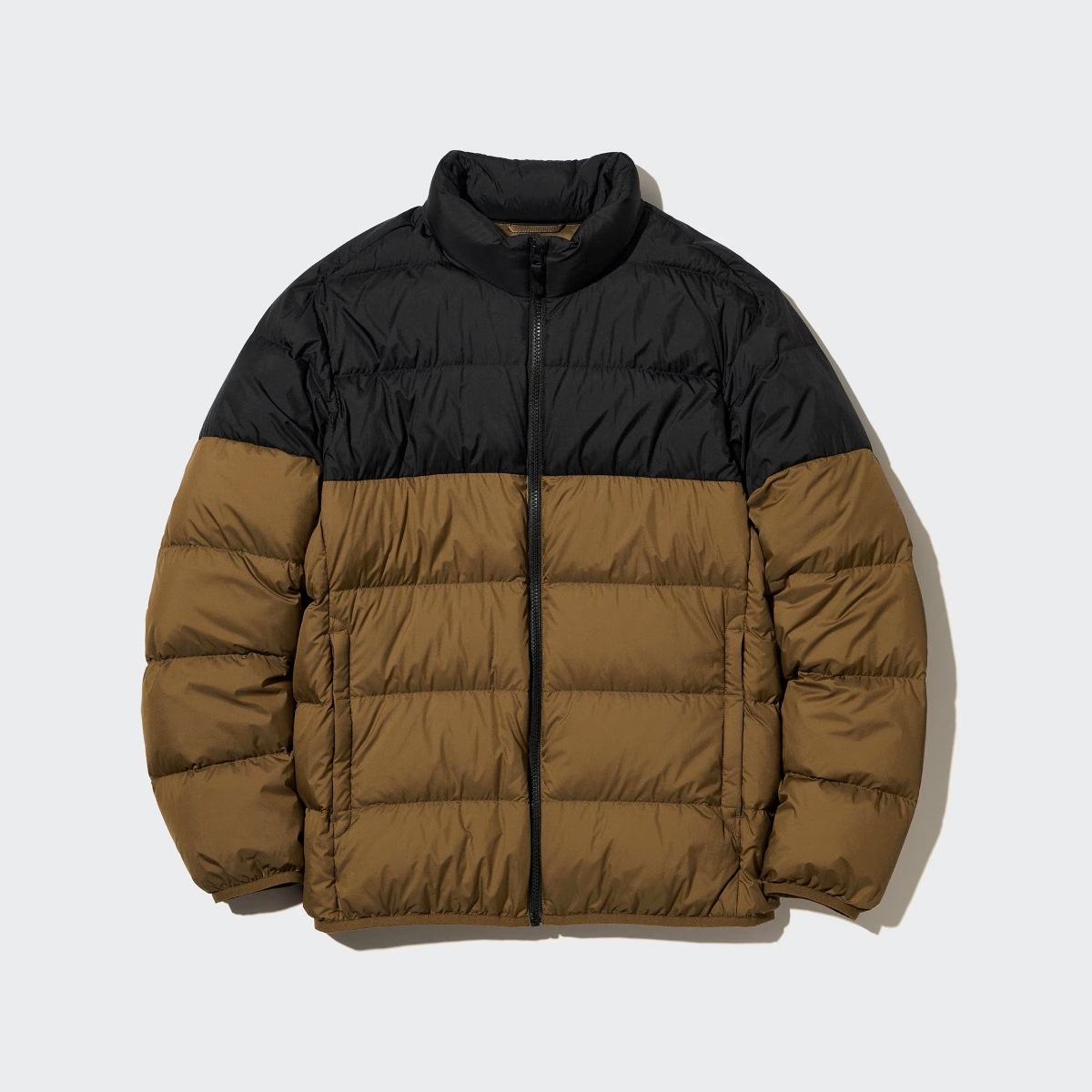
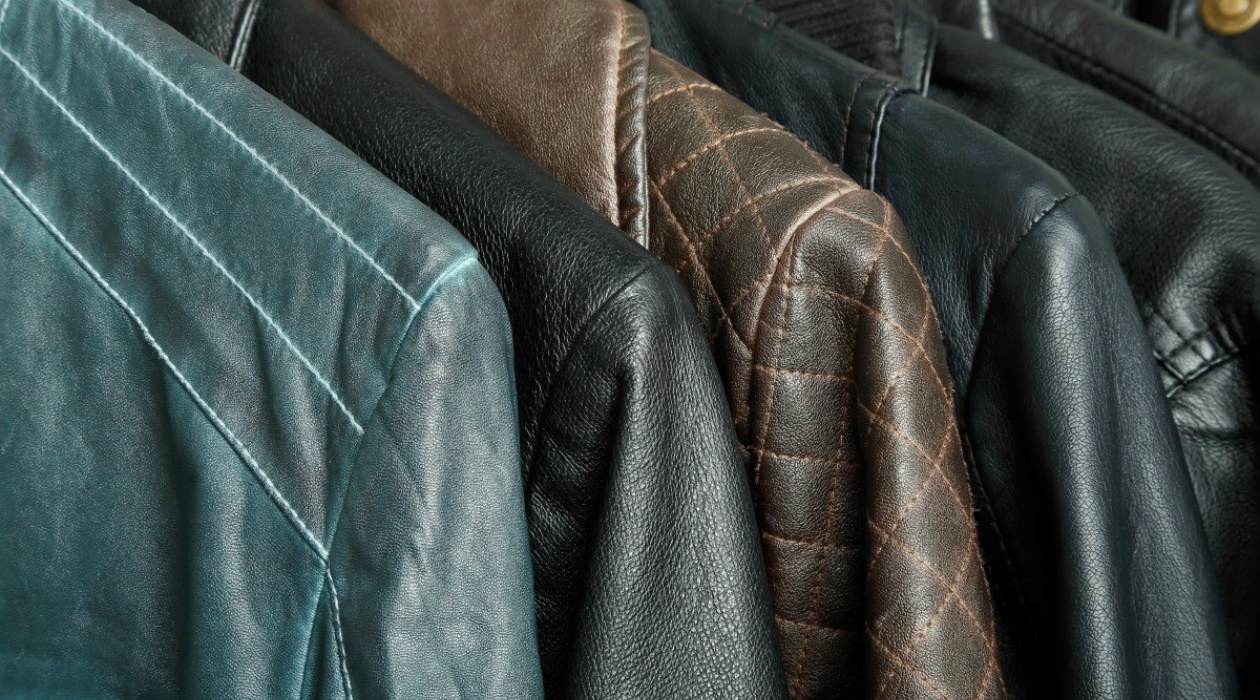

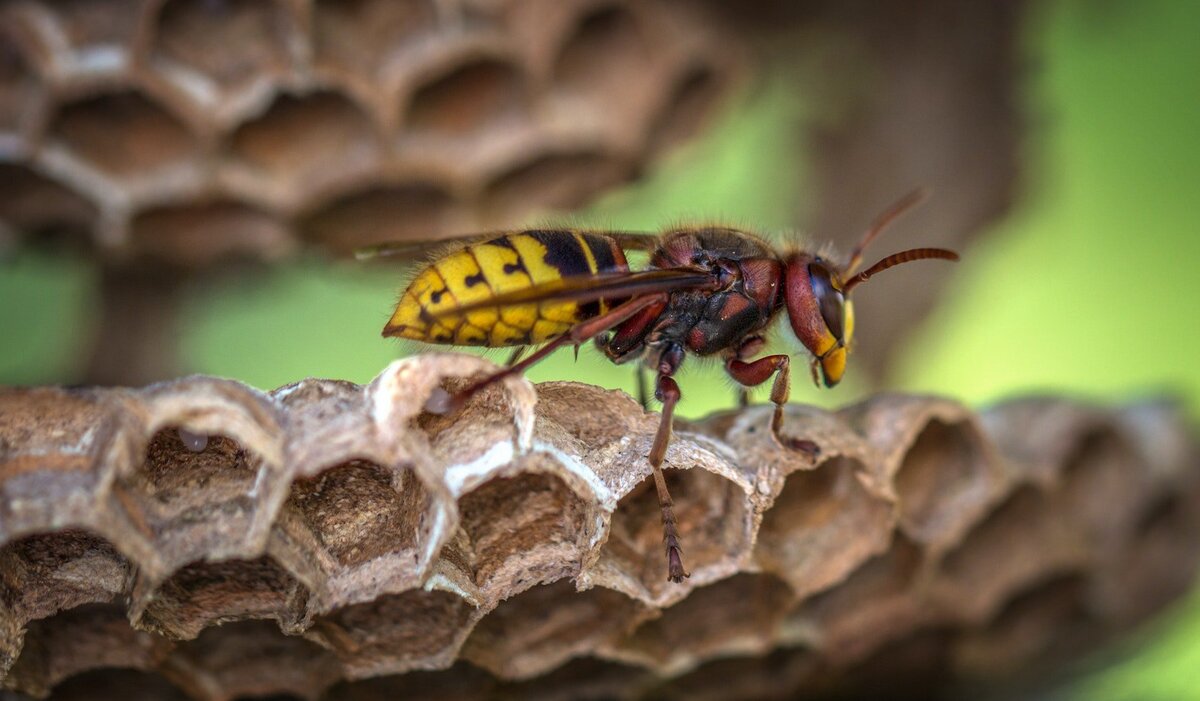
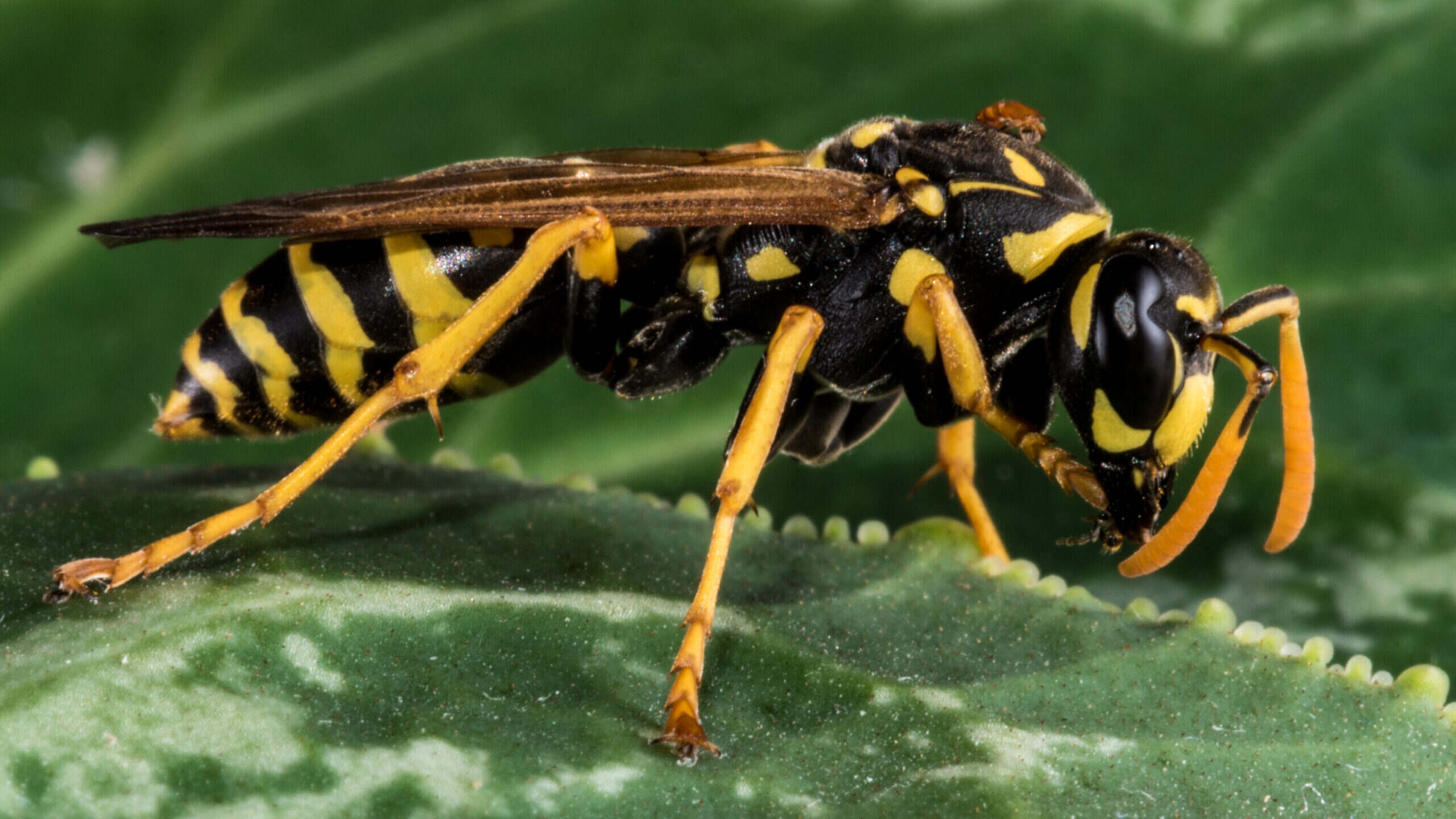
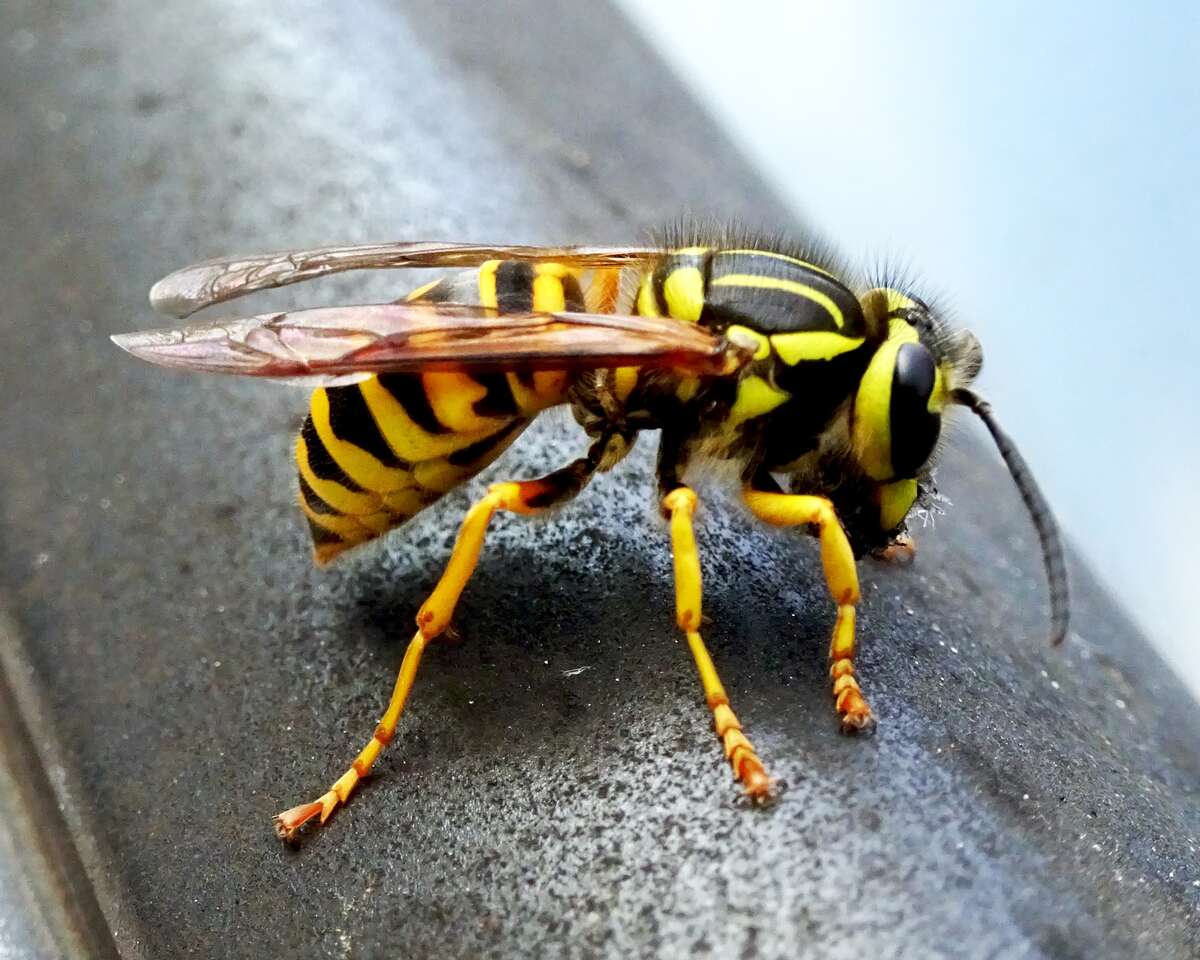

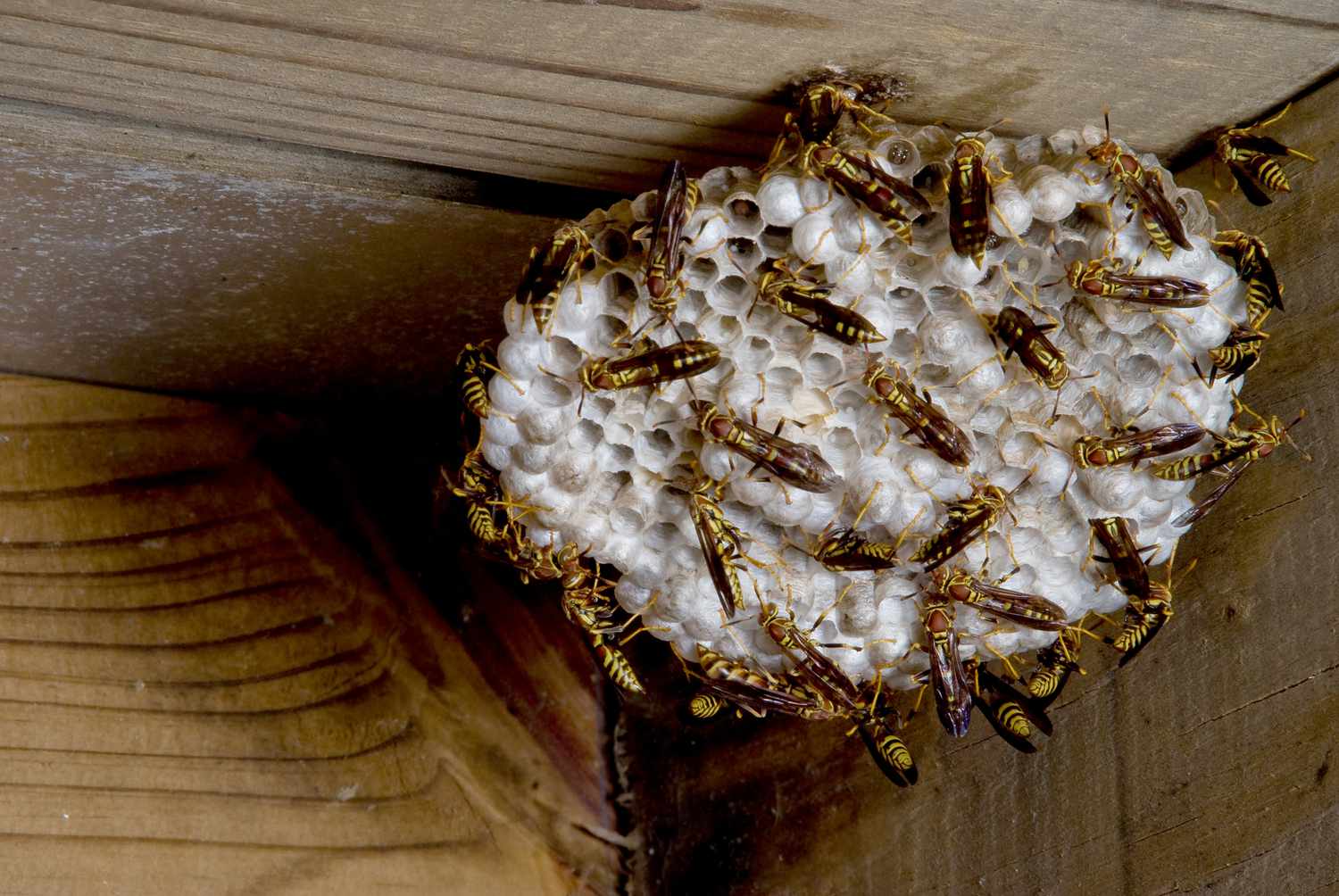

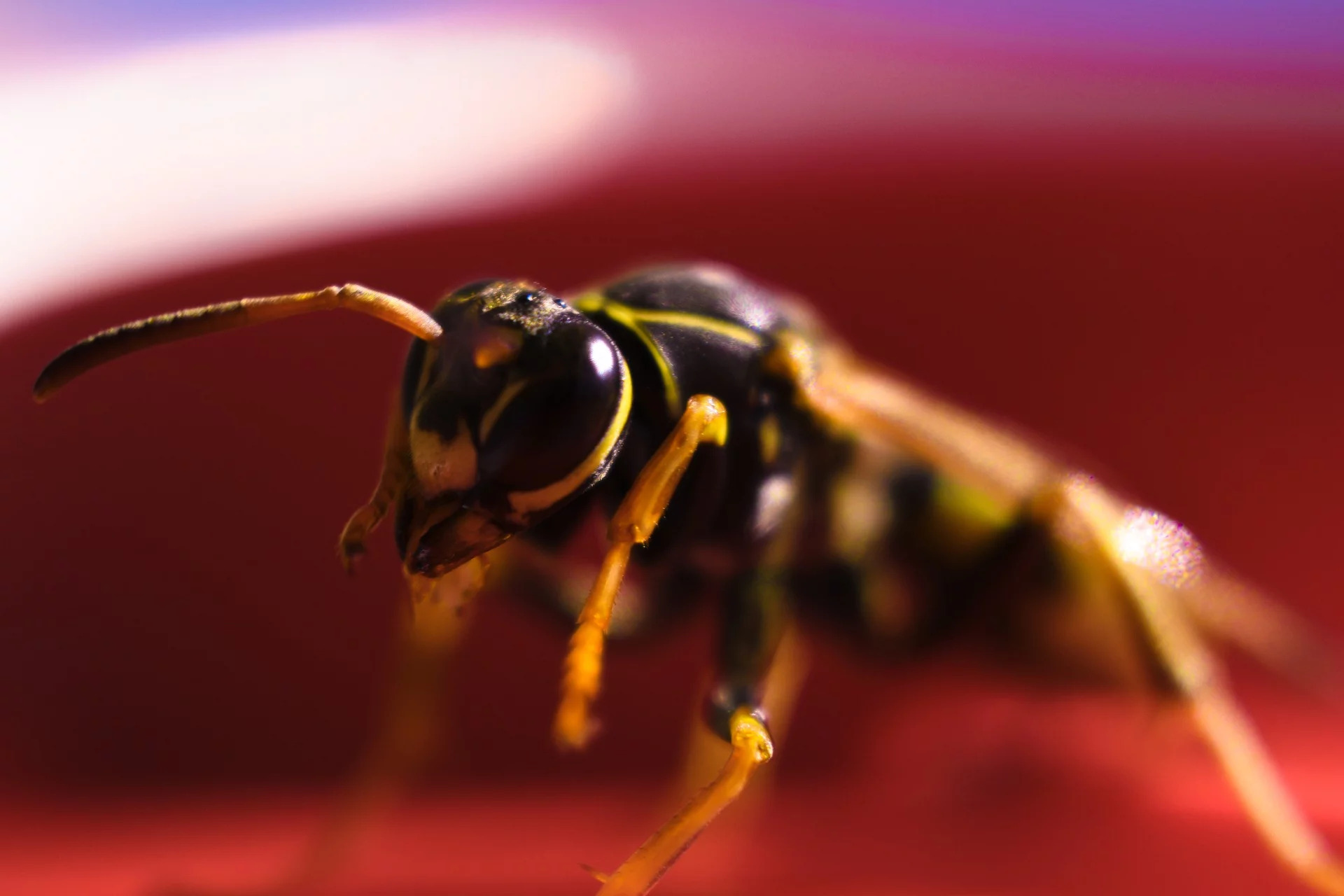
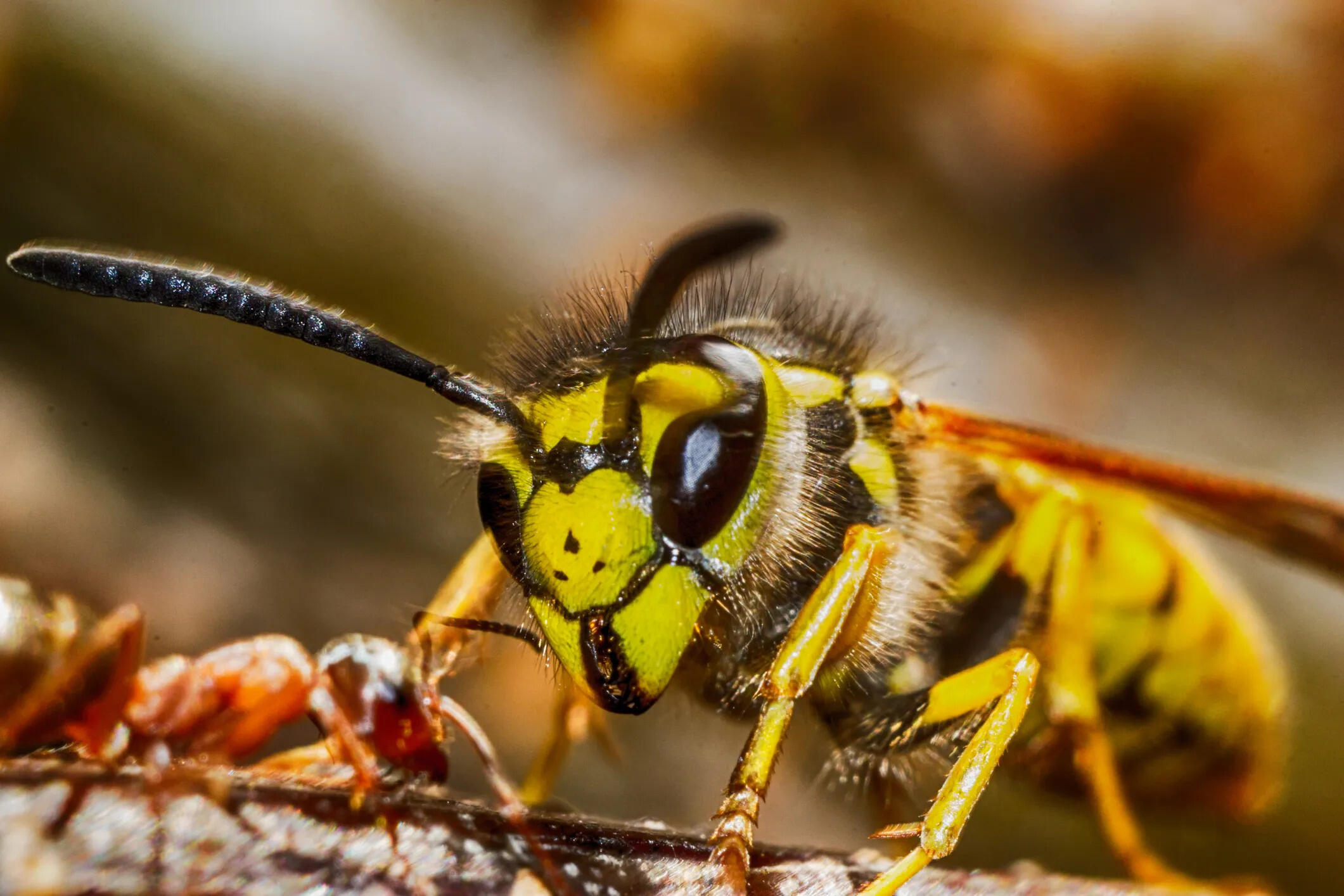
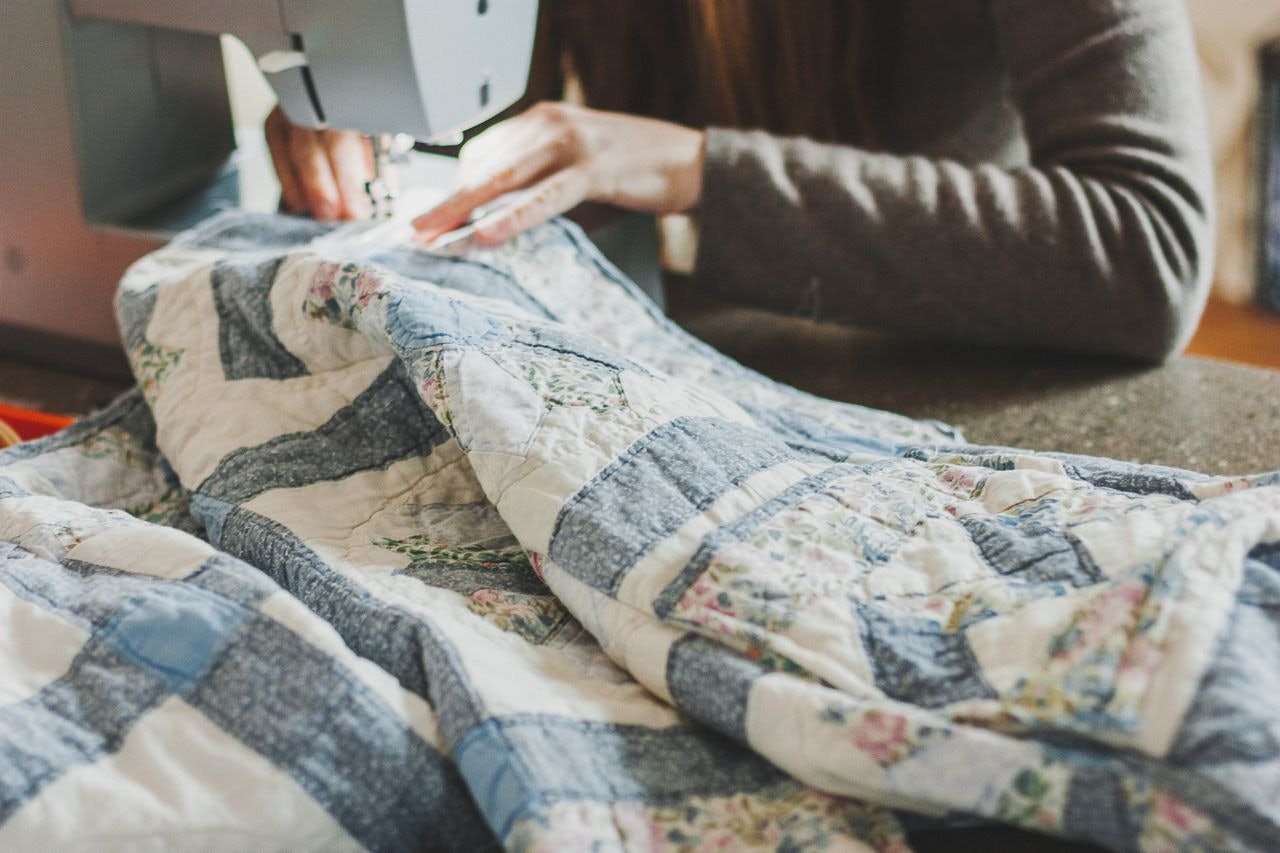
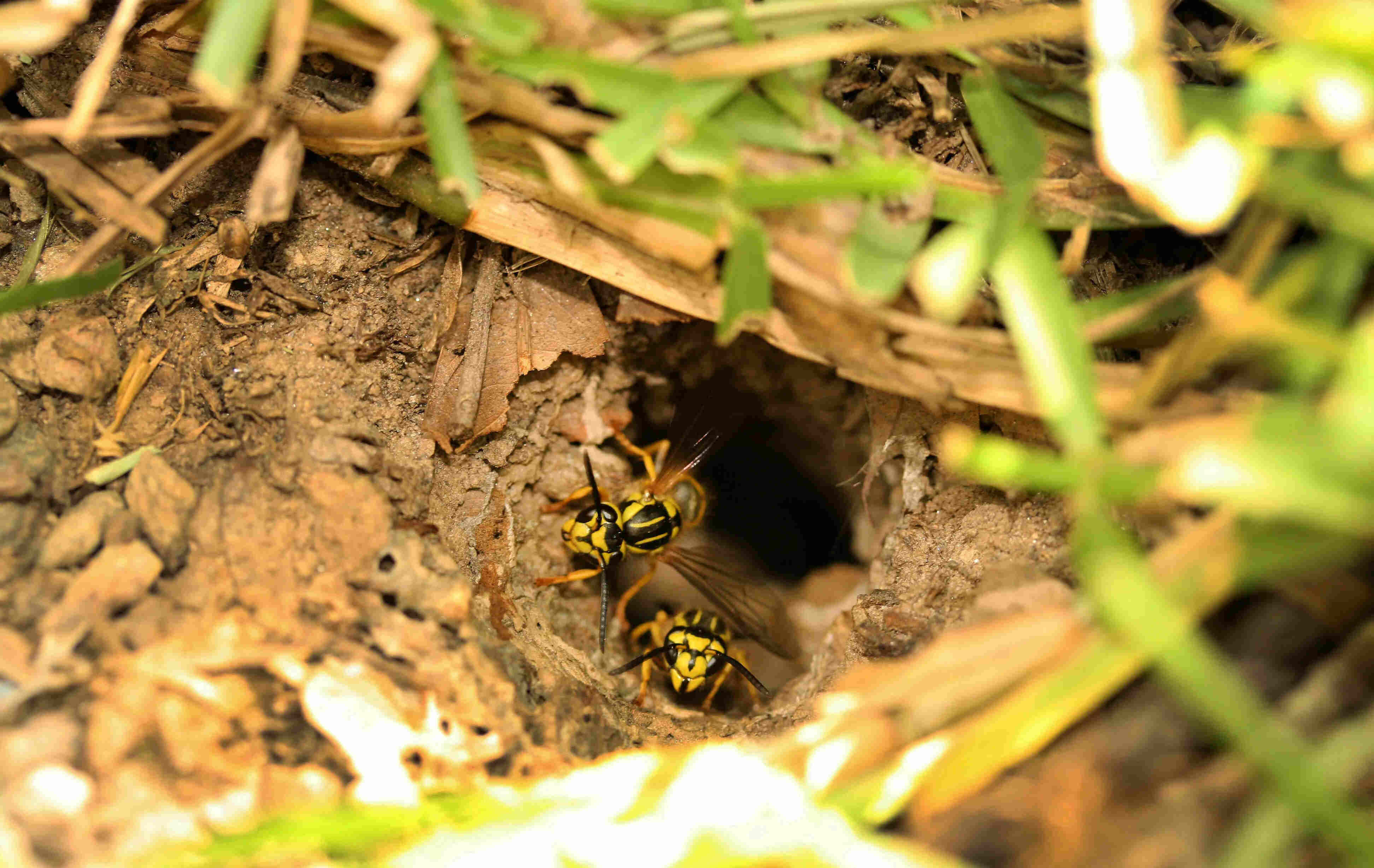

0 thoughts on “How To Store Puffer Jackets”